A Study In Pixels
These Pixel Studies take cue from the Japanese Wabi-sabi aesthetic, which centers on the notion of beauty, a beauty that is imperfect, impermanent and incomplete. It also touches the Buddhist concept of ‘the three marks of existence’, which resonates with my own personal experiences and internal conflicts with impermanence, suffering, emptiness and the absence of self-ego. The notion of destruction-as-creation behind these images is also in part a reflection of my Hindu faith. The Hindus burn their body after death, as they believe the body will disintegrate and dissolve into the five elements of nature - air, water, fire, earth and sky (Pancha Bhootam) and return to its source.
For the deconstruction process, the image is passed through off-the-shelf iPhone Glitching and filter apps like Glitché, Glitch Lab, Databender, Decim8, Mextures and VSCO Cam that inject digital errors, such as artifacts and other "bugs" into the image data to corrupt its code. I start by applying filters to a segment of an image, rotate it, flip it, apply another, delete and retry. I’ll do this over and over until I get a result that speaks to my visual tastes. Sometimes an upward of 50 layers of filtering goes into the making of one single piece. The art comes in knowing when to stop.
By destroying the physical nature of these photographs and reducing them back to the pixelated form, I question the very notion of photography and thereby reality itself. The forms and colors of the Pixel Studies are a metaphor for photographic objectivity. Through the finite forms of our human condition we can allude to a suspended temporal fragment: an infinite, absolute present. These abstract images allude to non-retinal interpretations of the super perceptible forms, which can convey mental images that find their symbolic meaning in the real.
 Share / Save
Share / Save


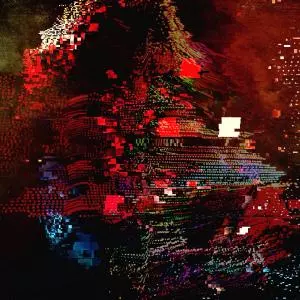
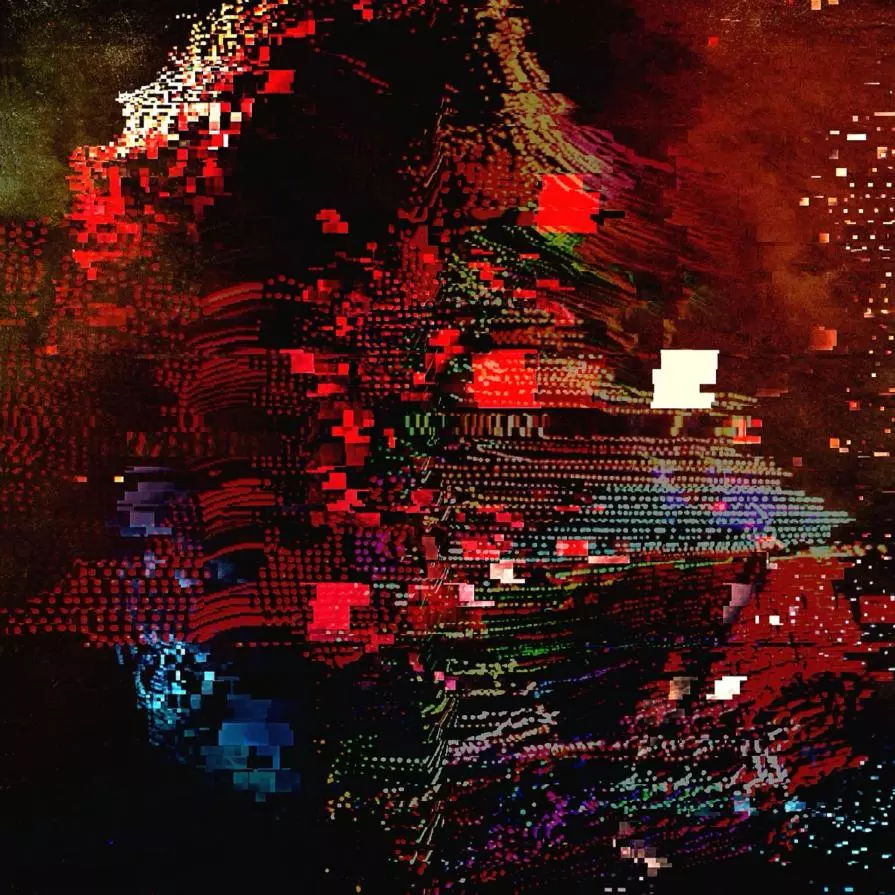
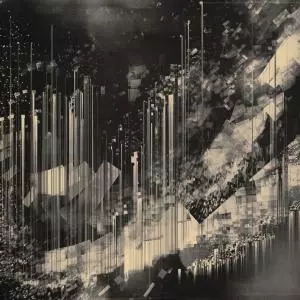
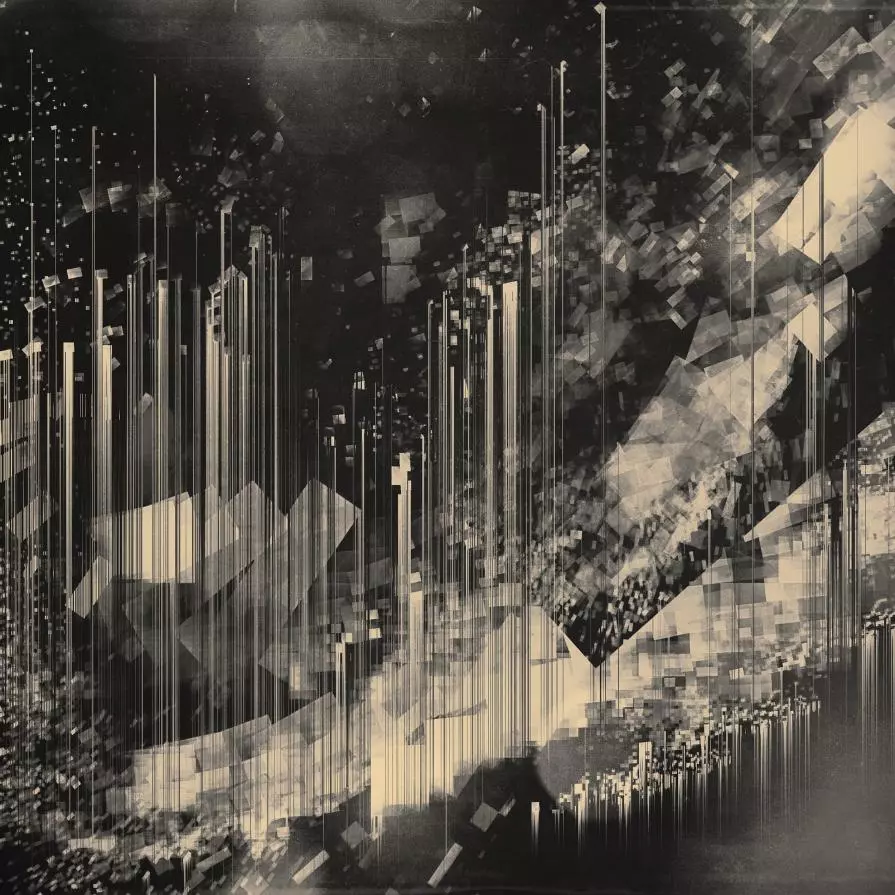
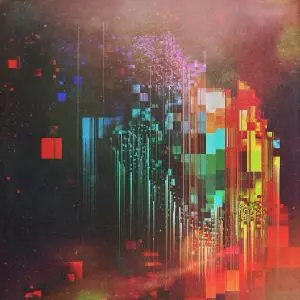

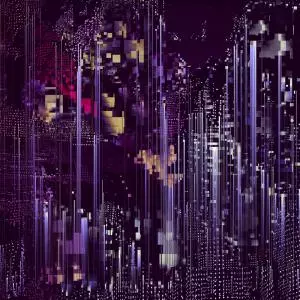

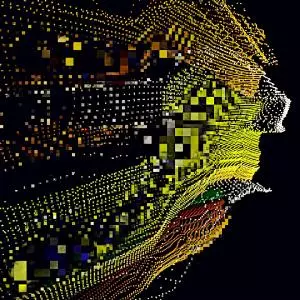

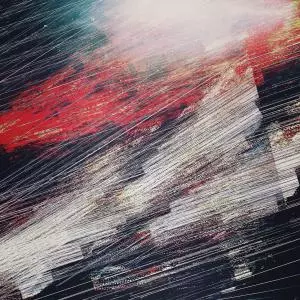
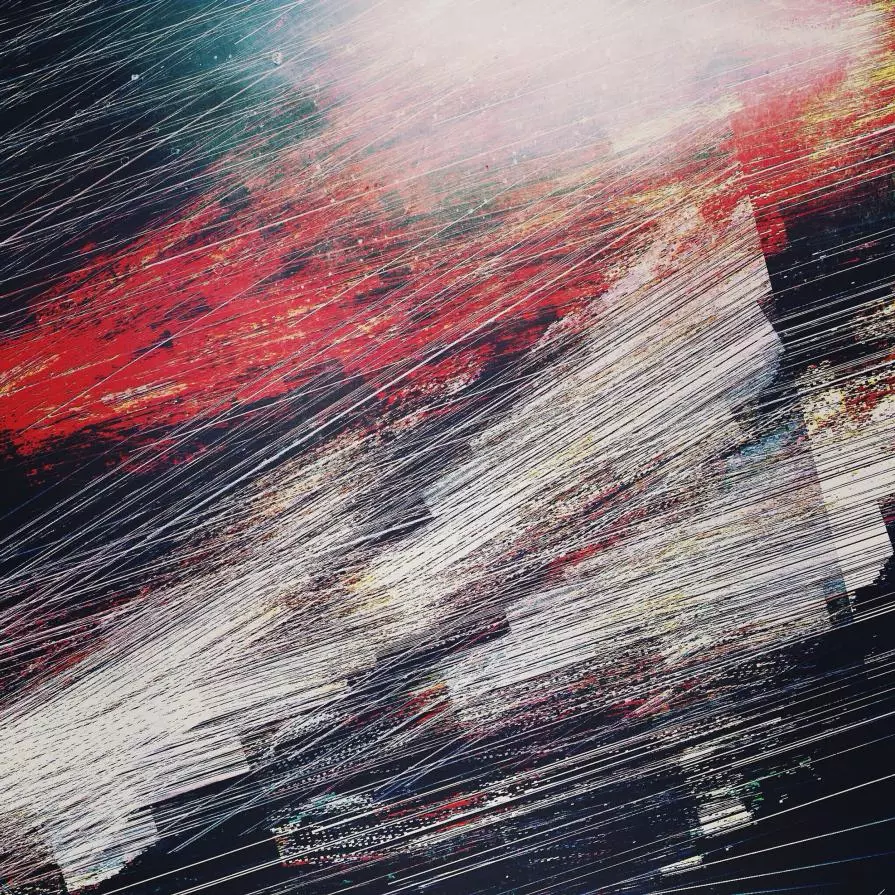
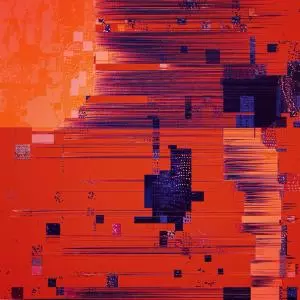
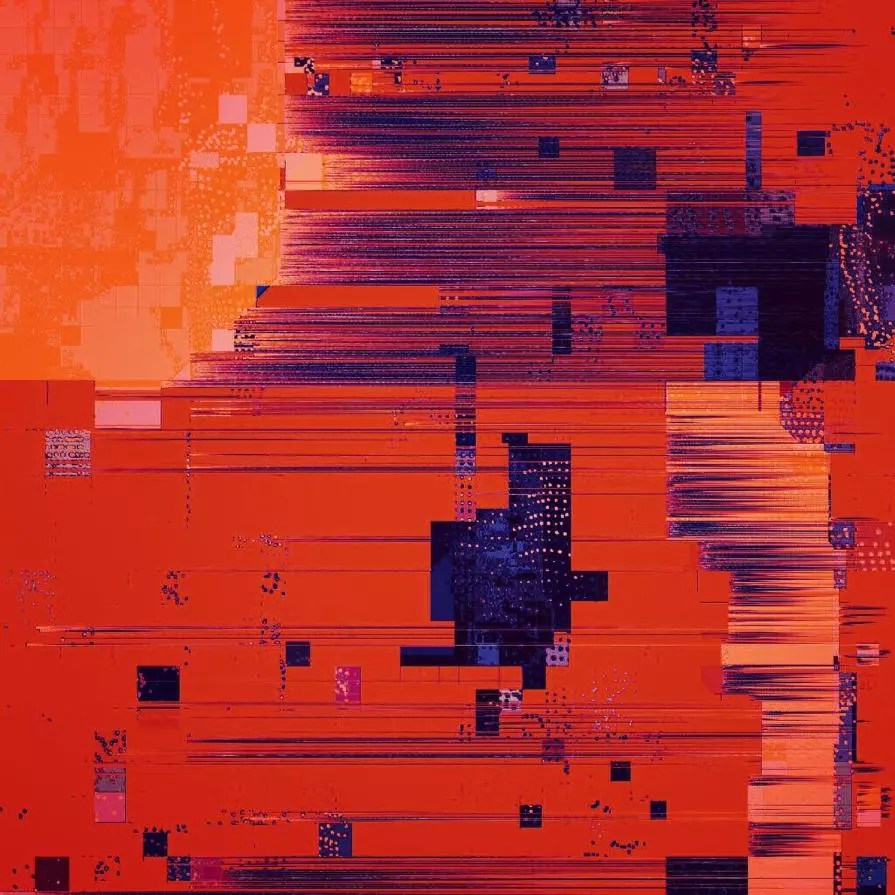
























Commenti 4
Inserisci commento